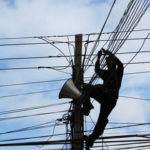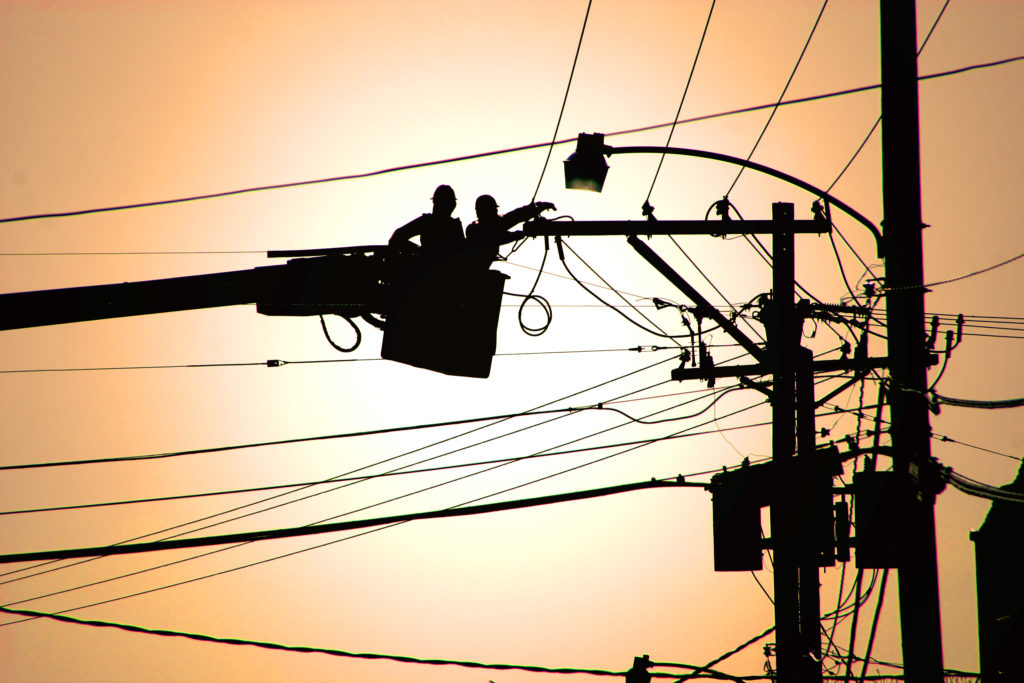The titles National Electrical Code® (NEC®) and National Electrical Safety Code® (NESC®) may sound similar, but you shouldn’t confuse the two.
In the ever-changing electrical landscape, it’s important to understand the intent and application of each code. When it comes to working with electricity, being adequately prepared to protect lives and property could mean the difference between a safe environment and running into serious problems.
The NEC In Short
Issued by the National Fire Protection Association (NFPA®), the NEC addresses proper installation and use of electrical systems and equipment in buildings and structures in order to help protect people and property from potential hazards. Many engineers think of the NEC as design rules that stipulate minimum standards for how safe installations must be achieved. It’s adopted by municipalities, legislative bodies, utility commissions, and other Authorities Having Jurisdiction (AHJ).
The NEC contains thousands of requirements not found in the NESC, and primarily is a construction standard for residential, commercial, and industrial building wiring. The 2017 edition of this trusted code presents the latest comprehensive regulations for electrical wiring, overcurrent protection, grounding, and installation of equipment.
How The NESC Differs
 The NESC is a performance standard that specifies what is to be performed, not how it is to be accomplished, leaving that part to the engineers. Published exclusively by IEEE, it sets the ground rules for the practical safeguarding of persons and utility facilities from the hazards arising from the use of electricity. Unlike the NEC, the NESC contains an entire section dedicated to work rules for utilities employees. It continues to be a stronghold in the U.S. electrical industry and communications utility field, and serves as the authority on safety requirements for power, telephone, cable TV, and railroad signal systems.
The NESC is a performance standard that specifies what is to be performed, not how it is to be accomplished, leaving that part to the engineers. Published exclusively by IEEE, it sets the ground rules for the practical safeguarding of persons and utility facilities from the hazards arising from the use of electricity. Unlike the NEC, the NESC contains an entire section dedicated to work rules for utilities employees. It continues to be a stronghold in the U.S. electrical industry and communications utility field, and serves as the authority on safety requirements for power, telephone, cable TV, and railroad signal systems.
The NESC is updated and re-published every five years to reflect changing technologies and industry-wide best practices – the latest of which came in 2017. The NESC is adopted as law by a large majority of U.S. states, and is utilized in many countries around the globe.
The Codes in Context
Neither is merely a design guide or instruction manual. Rather, each code is considered de facto minimum criteria for engineering reliable, resilient, and functioning networks.
The two codes are not in competition with one another, and do have some overlap. For example, both codes have requirements for service drop clearances, and both codes refer to the other for additional information. The point of demarcation between the two codes is the service point, differentiating the line side (covered by the NESC) and the load side for premises wiring (covered by the NEC). The service point is usually set by the service utility.
Responsible professionals must meet the minimum standards in the NESC and the NEC, whichever is applicable, or else risk severe consequences. IEEE offers a series of online courses to help educate power utility personnel on the rules, regulations, and changes in the NESC 2017 edition. With this comprehensive course program, your team can take advantage of expert instruction from seasoned NESC contributors that cover each part of this code in detail.



On the supply side, AI will enable smart grids to use lesser quantities of fossil fuels if its algorithm(s) identifies that renewable energy is generating a lot of electricity on sunny and windy days.
Great Piece!